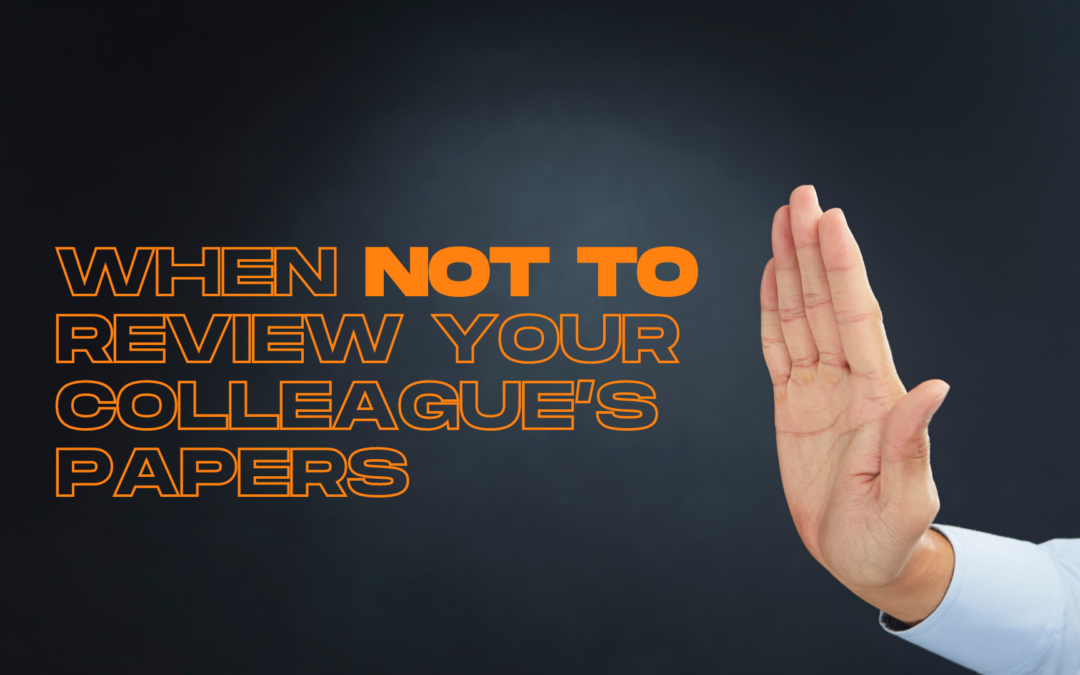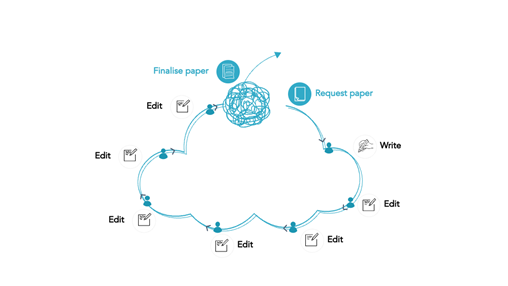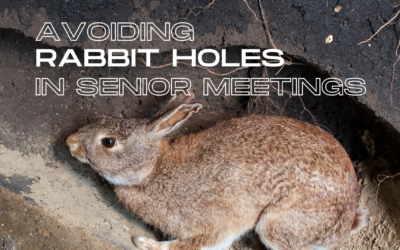
When to avoid reviewing other people’s papers and presentations
Most of us review communication for colleagues.
When doing this, the temptation is to dive in and edit the words on the page.
This involves going straight into the detail, fixing typos, changing words and potentially tightening or removing sentences or whole sections.
In other words, it requires you to work bottom-up to iterate in the weeds to hope you find the message.
This is time-consuming and messy, and inevitably leads to more rework and less clarity. It means you contribute to what I call the Chain of Pain. See below.

It is also unlikely to drive a fast and effective business outcome.
Here is what I suggest instead.
If you don't know what specific outcome your colleague is shooting for and can't find the main message at a glance …. ‘make like Kissinger'.
He is famous for asking his subordinates the following question before reviewing their work.
“Is this your best work?”.
If yes, great. He'd review it.
If not … he'd ask them to keep working on it before using his time to review.
I hope that helps. More soon.
Kind regards,
Davina
WANT MORE?
Free ‘How to cut rework' MasterClass Monday – Part of Clarity Hub along with weekly in-depth ‘how to' emails, an extensive library of tips, tools, exercises and case studies to lift the quality of your communication.
One month free. Ongoing access is USD25 per month or USD250 per year. Learn more here.
PowerPoint image library – Want to save time preparing complex but attractive PowerPoint concepts? My image library offers 300 cut and paste images. Grab your free sample of 25 or the full 300 images here.
WANT TO LISTEN?
- Risk Management = Change Management
- Richard Medcalf – Making Time for Strategy
- Baking Learning & Growth into BAU
- Helping Leaders ‘shift testing left' to derisk projects
- A Case Study in Digitial Transformation
- How to help a senior leader come back from a misstep
- How to hit the ground running in a big new role
- How to communicate during great change
- How to turbo charge your transformation

















